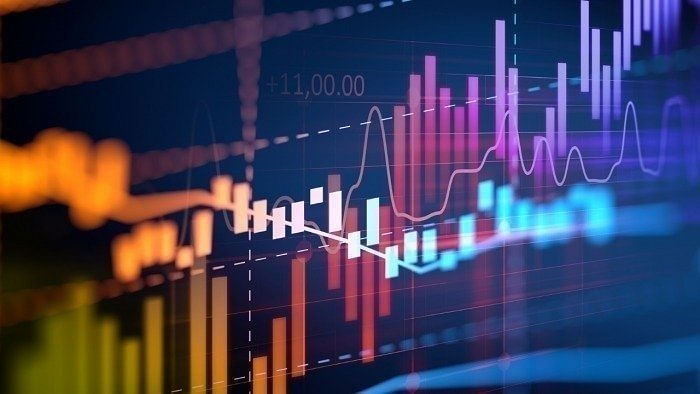
Representative image of market.
Credit: iStock Photo
If you are into trading, you have probably heard people talking about how the stock market did on a given day. Sometimes, they say it was a wild ride with big gains or losses; other times, they mention it was calm or confusing to trade.
If you pay attention, you will notice that these ups and downs (volatility) are what make trading and investing possible. If the market were always stable and didn’t move much, picking stocks at the right time would be hard.
However, it is important to note that excessive volatility can expose traders to extreme risks. So, is there a way to measure this market volatility? Yes, there is.
Let's examine what we mean by ‘volatility’, why it happens, and how we can measure it using advanced methods.
What is volatility?
Volatility is like the heartbeat of the financial world. It measures how quickly share prices fluctuate. Many believe markets are only volatile during a bearish trend, but that is not entirely true. You see, volatility isn’t just about prices falling; it is about the constant ups and downs in the market.
The equation is fairly simple:
When stocks rapidly reach new highs and lows, they are often called high-volatility stocks.
Conversely, if stock prices change slowly or remain relatively stable, they are labelled low-volatility stocks.
It is important to understand that volatility is not always the same.
A stock that is highly volatile today may become less volatile tomorrow.
What causes volatility?
Volatility is nothing but a reaction influenced by how individuals respond to change.
We are talking about changes in the form of new government regulations, economic data, new developments in an industry, or exciting or scary things happening to a specific company.
For example, when the economy is thriving, industries are flourishing, the government is providing incentives, banks are offering affordable loans, and there is an overall sense of optimism, investors tend to be confident about the economy. During such times, they continue to invest, and because there is less selling pressure, the markets remain relatively stable with low volatility.
However, when economic news is more pessimistic than what investors were expecting, investor confidence can wane, and the markets can become more like a rollercoaster, experiencing high volatility.
So, for a trader or an investor, is there a way through which the volatility of the markets can be analysed? Yes, there are two ways through which you can measure volatility. The first is where you look at past data, and the second is where you look at future estimation of the volatility of a stock or the index.
Methods to measure volatility
1. Historical volatility (HV) tells us how much a stock’s price has fluctuated in the past. Here, you can take any data you want: 30 days, six months or a year. Ideally, HV is calculated over a year’s time frame.
HV tells us how much risk is linked to a specific stock or a market index. If we look at the calculation of Historical Volatility (HV), it is calculated as the standard deviation of a stock’s past returns over a particular period. In other words, it measures how much the stock’s returns have deviated from their average value during that specific time frame. A higher standard deviation indicates greater variability in returns, which translates to higher historical volatility and risk.
The formula to calculate HV is:
HV = Standard Deviation of Daily Returns * √(Number of Trading Days)
To calculate HV, you will need historical price data, which you can download from NSE by going to the ‘historical data section’ for a particular stock and also note the number of trading days you have taken the data for.
To calculate the Historical Volatility of one year, follow these simple steps:
i. Collect the daily closing prices of the share for the past year (from NSE or BSE).
ii. Calculate the daily returns by comparing each day’s closing price with the previous day’s.
iii. Find the standard deviation of these daily returns. This will tell you how much the stock’s daily performance fluctuates compared to its average daily change.
iv. If you have taken data for a year, multiply the standard deviation by the square root of 252 (roughly the number of trading days in a year).
2. Implied volatility (IV), often called projected volatility, is a way of estimating how volatile a stock or index is expected to be in the future. It is particularly valuable for option trading because it helps us gauge the potential price swings.
When investors anticipate that the stock market will experience significant price fluctuations, implied volatility (IV) rises. Conversely, in calmer times, it decreases.
One of the most widely used measures of implied volatility is the VIX Index. This index, also known as the ‘fear index’, assesses the level of fear or confidence in the markets. For instance, when the Covid-19 pandemic hit the markets, the Nifty VIX reached an all-time high of 70.39. This was a remarkable increase from its usual range of 11-15 and reflected the extreme fear and uncertainty prevailing in the markets at that time.
In conclusion, both HV and IV are vital for informed investment decisions. Higher historical volatility doesn’t necessarily mean a bad investment; it can bring greater potential returns, depending on risk tolerance and goals.
(The writer is Vice President- Research, Teji Mandi)